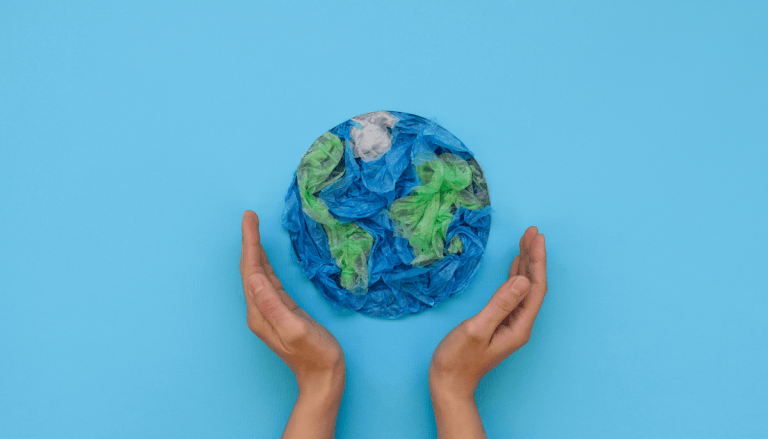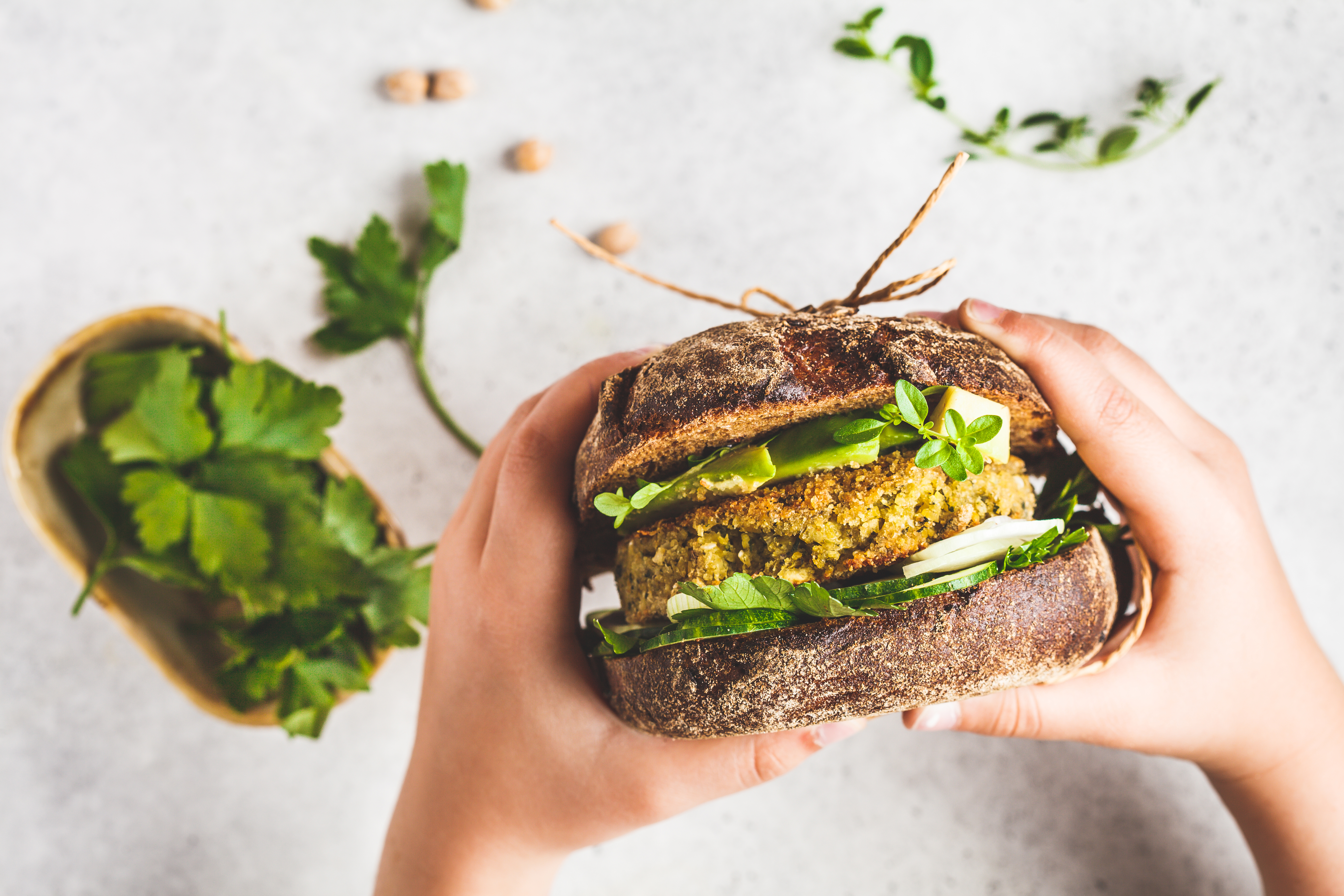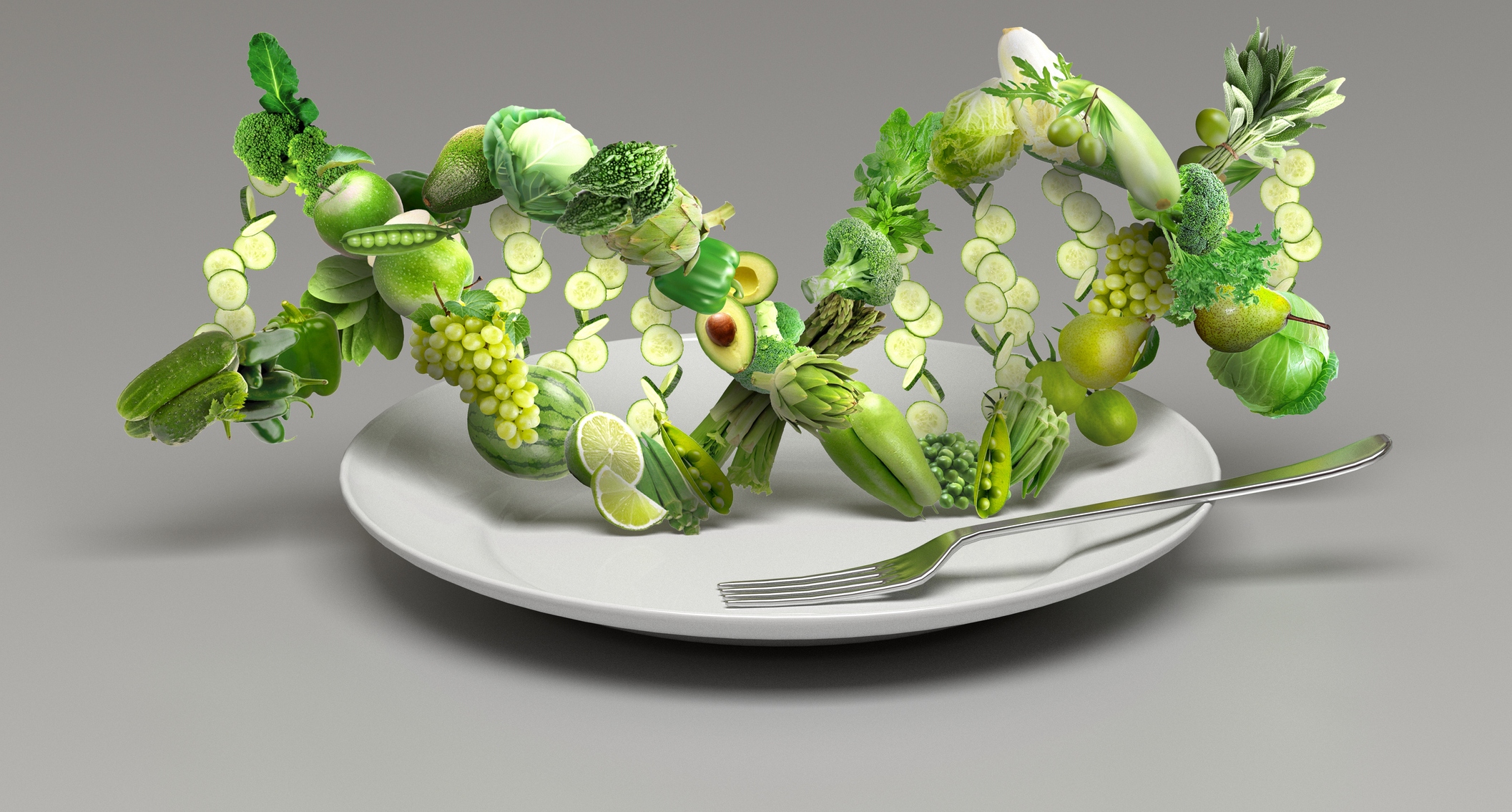The history of food packaging: how packaging design has changed through the years

Food packaging is not simply important for its functionality, its design will also determine a brand’s success.
These days we know packaging is not simply a receptacle to contain goods: it promotes products, the company making them, it communicates with consumers and ultimatily it shifts goods, making them commercially appealing and viable.
Most brands change, or at least update, their packaging every few year or decade, according to changing trends and changes in technologies. Sometimes they even reissue some of their vintage packaging, making them collectors’ items.

Limited edition Pepsi cans from the 90s. Image taken at The Museum of Brands
Limited edition Pepsi cans from the 90s. Image taken at The Museum of Brands
Like all primates, human beings are visual creatures, and arguably, with the advent of cinema, TV, and most importantly the internet and mobile phones, our time spent simply ‘watching’ and ‘looking’ has exponentially increased. If we are not watching YouTube videos, we are scrolling through Instagram. Our time absorbing images has increased and companies have certainly had to up their game to get and keep our attention. Humans even think of themselves more visually, even referring to some people as ‘brands’, case in point is social media influencers. So these days, everything and everyone has to work on its visual appeal in order to be attractive to the public – consumer goods companies in particular.
Packaging of course wasn’t always like it is today. Prehistorically, humans didn’t really store food, they foraged and hunted and ate what they could get their hands on or spears into. But once they learnt how to preserve food, and as nomads had a need to move it around, packaging – albeit a very rudimental form of it – was born.
Primitives used to make vessels and pouches using animal skin, leaves, wood, coconut shells and everything they found in nature that could be used in this manner. It wasn’t until later when humans discovered metals, developped and started living in villages, then cities, and trading, that a more modern form of packaging was invented. Clay, metal, glass, wood barrels and textiles were all used to make packaging – from pots and bags to boxes and barrels. But whilst functional, they weren’t embellished or used to promote products. They simply served a purpose.

A bag of Tate & Lyle sugar from the Victoria era. Image from The Museum of Brands
A bag of Tate & Lyle sugar from the Victoria era. Image from The Museum of Brands
Lithography was quite revultionary when it was invented in 1796 as it allowed to print in one colour on glass, paper, and metal. Just over 30 years later, the printing could be done in colour, thus we can say that the first signs of modern packaging started appearing during the industrial revolution, when packaging wasn’t made by hand anymore, but by industrial machines. When in 1890 Scottish-born printer and paper bag maker Robert Gair invented the folding carton by accident whilst making bags, humans started using the precursors of packaging we still use today: folding cardboard boxes. Kellogg’s were the first company to use folding cardboard in food packaging, and still do today: for their cereals.

Kellogg’s cereals from the 1960s and 1970s. Image taken at The Museum of Brands
Kellogg’s cereals from the 1960s and 1970s. Image taken at The Museum of Brands
With industrial machines, more materials and technologies available, a need to move and provide goods to an increasing population, coupled with rising merchants’ competition, little by little packaging was no longer just functional, but had to become appealing too.
In the Victorian era most packaging was still plain and quite rudimental, such as sugar bags, however luxury products were now sold in beautiful tins, jars and boxes, which were reused once the contained product had run out. Brighter colours, illustrations and figurines started to adorn packaging, making them more attractive to consumers.

After WWII, it wasn’t just the look of packaging that had changed, but also its materials: aluminium foil and plastic – and with these new inventions single-use packaging was born.
However something else was also born: plastic – and other materials – pollution.
Interestingly it was thanks to a graphic design competition organised by the Container Corporation of America in 1970 that the recycling sign – as we still know it today – was created by architecture student Gary Anderson.
Packaging and design really went through an evolution in the 20th century with companies utilising a rich colour palette, fonts, shapes, pictures and illustrations to make their products stand out to the consumer and sell.

The packaging of Kit Kat and Toblerone has barely changed since the 1960s. Image taken at The Museum of Brands
The packaging of Kit Kat and Toblerone has barely changed since the 1960s. Image taken at The Museum of Brands
Some products such as Kellogg’s corn flakes, Tate & Lyle sugar, Cadbury’s chocolate bars and Nestle’s condensed milk, changed their packaging, designs, and sometimes logos, hugely through the ages. Others, like Toblerone, Coleman’s Mustard and Nestle’s Kit Kat have barely changed their look.

Chocolate bars from the 1930s. Image taken at the Museum of Brands
Chocolate bars from the 1930s. Image taken at the Museum of Brands
Some companies will create new designs and limited edition products according to decades and fashions, with bright, loud colours in the 60s, 70s and 90s, and more muted ones for more sombre times, whilst others prefer to stick to a heritage look that would be recognised by consumers in 1950 as it would in 2021.

Bassett’s All Sorts from the 1960s. Image taken at the Museum of Brands
Bassett’s All Sorts from the 1960s. Image taken at the Museum of Brands
An ongoing shift with packaging is certainly in its materials. Thanks to the use of cardboard, many types of packages used to be environmentally friendly. For those who can remember, Smarties chocolate buttons used to be sold in rectangular and hexagonal cardboard boxes. When plastic (and other materials) started appearing everywhere thanks to its durability, affordability and ease of mobility, humans created a big pollution problem – for themselves and the environment.
The shift – and most importantly the need – now is towards eco-friendly, sustainable, compostable, reusable, biodegradable and even edible packaging. A brand’s packaging must be functional, affordable, grab consumers’ attention, make the product appealing and sellable, but it must strive to be environmentally-friendly, and that can no longer be an afterthought.
To view more packaging designs, visit The Museum of Brands, 111 – 117 Lancaster Road
Notting Hill, W11 1QT, London.
With special thanks to The Museum of Brands for giving us access to their collection of products from the Victorian era to the 21st century.









